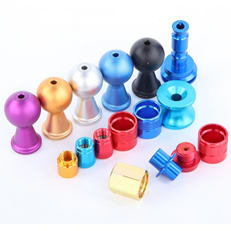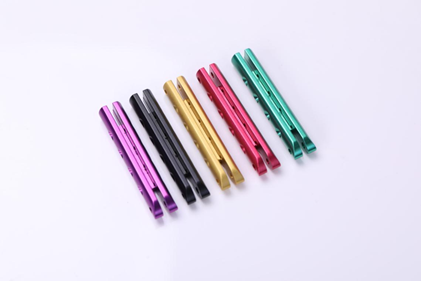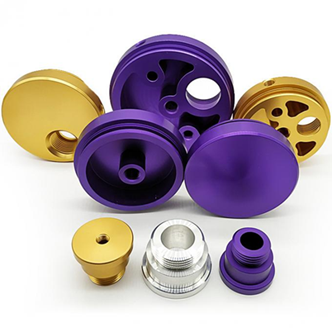I wonder if you have discovered that aluminum alloy parts cannot conduct electricity after they are oxidized. Does anyone know why? This is because aluminum alloy itself is a metal, an alloy metal synthesized from aluminum and other metals, and it can conduct electricity. However, after the aluminum alloy is oxidized, it becomes aluminum oxide, which is strictly speaking an oxide film compound.

So why can’t aluminum alloy conduct electricity after being oxidized?
First, oxidation is an electrolytic oxidation. During the oxidation treatment of customized aluminum parts, an oxide film is usually formed on the surface of the aluminum alloy. This oxide film has protective, decorative, and other functionalities. Generally, the thickness of the oxide film after oxidation is between 5-20 μm, and the thickness of the hard anodized film is even as high as 60-200 μm.

After the aluminum alloy is oxidized, it no longer has the conductive properties of metal and has excellent insulation properties. Therefore, aluminum alloy will not be able to conduct electricity after being oxidized.
So what should the customer do if they want the aluminum parts to still conduct electricity after being oxidized?
1. After the aluminum parts are oxidized, the part of the oxide layer that the customer wants to be conductive is used to laser mark or CNC to wash away the oxide layer at the designated position.
2. Mask the areas where conductivity is still needed after oxidation in advance to prevent the area from being oxidized so that the aluminum alloy in the entire area can still have a conductive function.
3. There is another way to do passivation treatment directly, that is, conductive oxidation, which can have both an oxide film and conductive electricity. Kill two birds with one stone.

YI XIN Precision Metal & Plastic Ltd. can provide customers with customized hardware processing services. The engineering team has spent a lot of time studying the effects of different aluminum alloy materials and different oxidation pigments on the anode. The processing of precision aluminum alloy parts with high appearance requirements has its unique advantages.